Life In The Sand Flats Revolved Around Gardening For Many Italian-American Immigrants
In the late 1800s and early 1900s, the Sand Flats, an area consisting of lower Arsenal Street and spreading to Coffeen Street, became home to early Italian-American immigrants who transformed what was described as swamplands on the west side of the city of Watertown into first-rate market gardens noted for their productiveness.
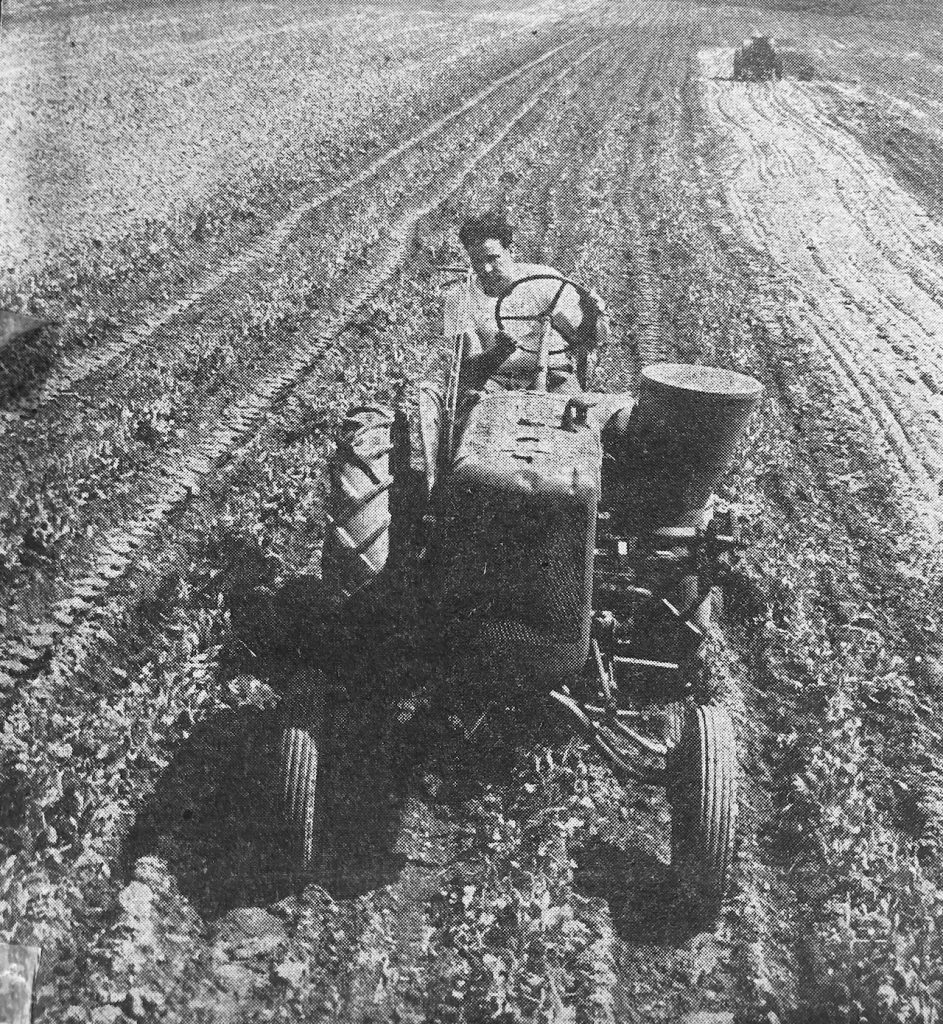
A frequent guest writer in the Watertown Daily Times in the 1930s, known as “An Old Resident,” would often post recollections of their youth going back to the times when Watertown was first incorporated as a city in 1869. Many years later, AOR recounted that the city had names for its neighborhoods, such as “The Bush” or “Braggerville” for the Hoard Street neighborhood. “The Swamp” for outer Gotham Street, where McManus’ famous sulphur spring was located, Factory Square, and, of course, the Sand Flats of the lower Arsenal Street region.
It wasn’t unusual for Italian-American immigrants to receive a bad wrap in the press in their early years. A June 23, 1917 article remarked, “Older inhabitants can remember when the Sand Flats were a despised part of the city. They didn’t seem to grow anything but bad boys and were covered with shanties.” One such example of the bad boy perception was the notorious Cesaro Badolato murder which occurred on Factory Street in 1904, where a street fight between two Italians led to a fatal stabbing.

Despite the early negative perceptions of swampland shanties and gardens of blooming bad boys, the Italian-Americans would become an important part of the community and heralded further in the very same 1917 article–
Now (the Sand Flats) are a most attractive city in their neat homes, and more than all in their beautiful truck gardens. What was a wilderness has been made to blossom like the rose. This has come about through the influx of Italians a number of years ago.
At first they were not welcome, but they have persisted and are now counted as among the best citizens of our city. They have redeemed the land, support churches and their children, as shown in this year’s reports, take the prizes in the public schools.
The result comes first because they know how, and next because the whole family works early and late in cultivating the soil and permits of no waste either of time or material.
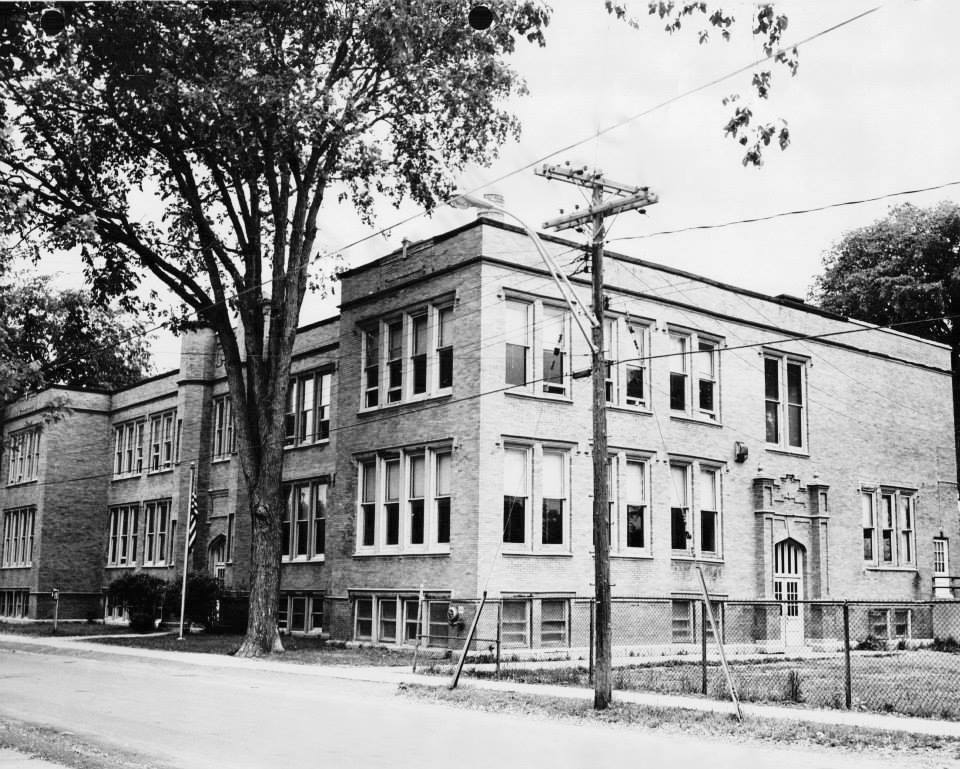
Joseph Spano, an Italian gardener on Emmet Street, gave some expert advice at the Watertown High School in June of 1917 to an audience of about 75 women. Some of the tips given were amateur gardeners tend to plant their vegetables too close and don’t spend enough time weeding. Tomatoes should be planted at least five feet apart. Between the rows of tomatoes, lettuce, or other vegetables that don’t require as much space should be planted to utilize the space for maximum efficiency.
Secondly, the family is up at 3:00 a.m. to tend to the gardens. When Spano says family, he includes his three-year-old, who helps sprinkle pepper plants. Back then, it didn’t just stop with the younger children helping out at home, either. Superintendent of Schools Frank Tisdale would also comment on the children of Boon Street and the work they’ve accomplished in their school project gardens.
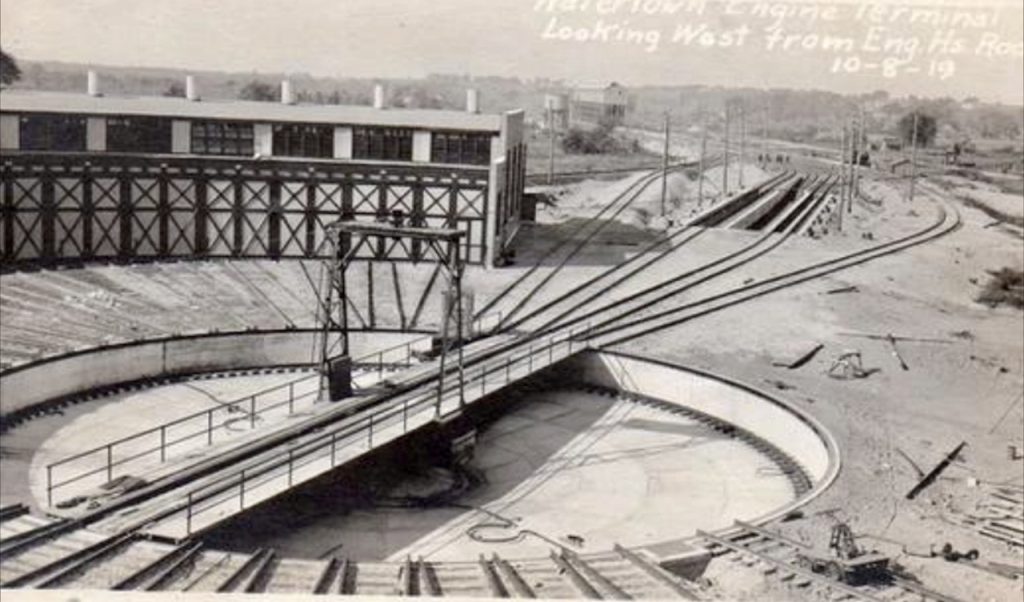
Around that same time, many Italian-American families and their livelihoods were impacted by the new engine terminal and roundhouse being constructed by the New York Central Rail Road off Smith and Gregory Streets. As reported in the Times on August 5, 1918–
Italian residents and other residents residing on Smith and Gregory Streets are up in arms today over the action of the New York Central in allowing the Walsh Construction Company of Davenport, IA, to be sent to their property to start work on the new operations. They said that sometime they gave the railroad company an option on their land, but an agreement was made that the railroad company would not start construction there until Oct. 1 or until after they had their crops harvested from their gardens.
A few days later, the issue was resolved when New York Central opted to delay work in the vicinity of the gardens and begin the construction of tracks on a different parcel of land for the time being. Senator George H. Cobb, who represented three Italian families, would reach a settlement for the sale of the properties in question within a matter of weeks.
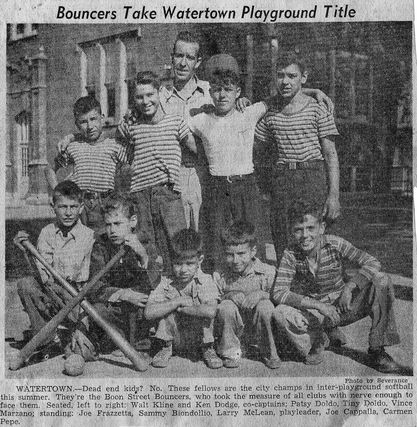
In a June 21, 1947 article in the Watertown Daily Times, writer John Pepp discussed a bit of the history of the Sand Flats and how only a few of the pioneer Italian vegetable gardeners were left–
For years these gardens, with their long, neat rows so artfully and methodically planned and carefully attended, have been the envy of gardening enthusiasts. They provide a lesson in thrift and industry and possess a distinctive beauty.
The “sand flats” is the expression commonly used in referring to this section. Development of the area from supposedly useless sand into a valley of productive soil is a tribute to the foresight and the progressive nature of the early Italian pioneers of the city. When they came here from Italy 40 or 50 years ago, they at once noted the productive possibilities of the rich, sandy loam.
They found, however, that converting it into tillable soil was no easy task. The land was a veritable swamp in some sections. The soil had to be drained, trees had to be cut down and much grading was necessary before the soil was ready.
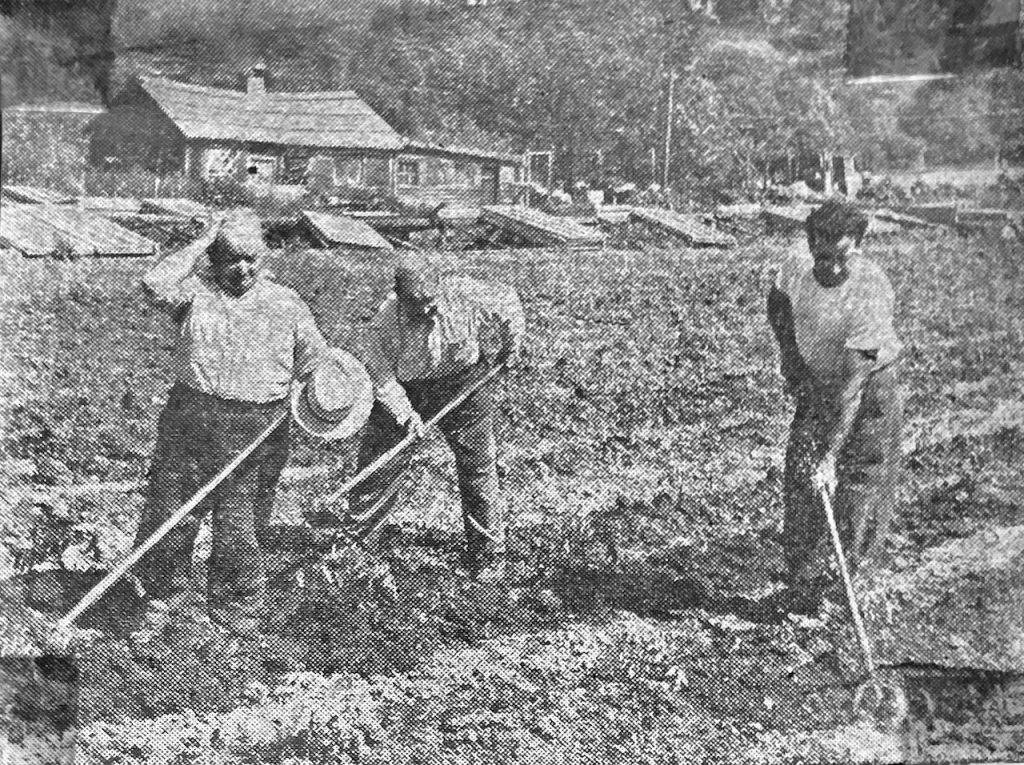
The article would exemplify the family of Carmen and Sara “Sadie” Cavallario, 1030 Coffeen Street, who, along with his seven sons, had developed an extensive vegetable garden adjacent to the Fairgrounds consisting of 35 acres. Tomatoes, potatoes, sweet corn, cabbage, cucumbers, and peppers were among a number of crops grown that generally kept the North Country eating fresh, healthy vegetables.
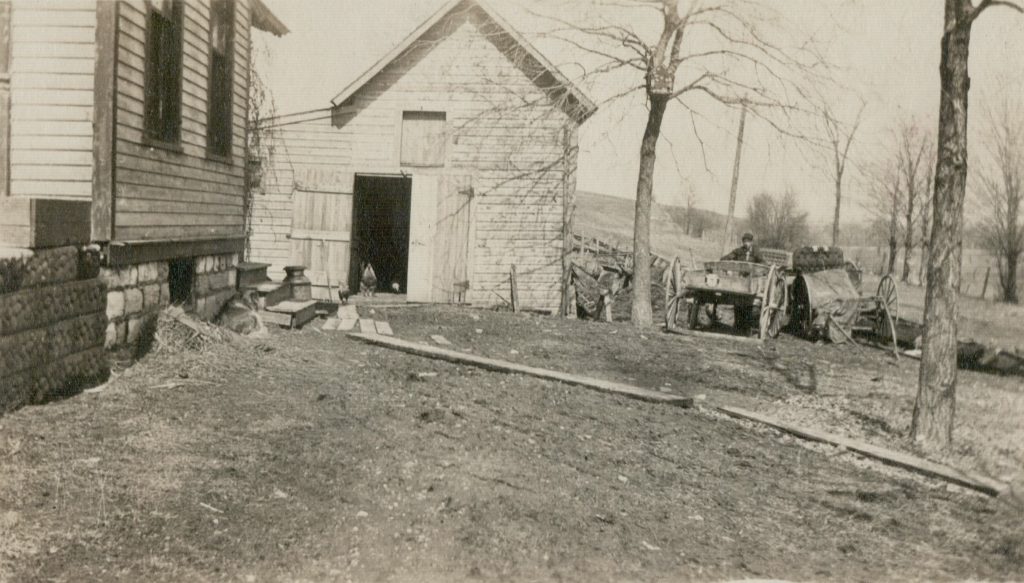
The Cavallarios weren’t the only ones mentioned; plots on Bellew Avenue and Emmett Streets belonging to Mrs. Carmela Abbate and her sons Michael and Joseph of 732 Emmett Street covered more than six acres. Other families mentioned included–
Other prominent market gardeners are Frank A. Palumbo of Emmett Street, Philip and Tony Marra of Ely Street, Joseph Augliano of Willow Street, Ben Augliano of Emmett Street, all having large plots on Bellew Avenue or Emmett Street; Tony Palumbo, 801 Coffeen Street, Salvatore Biondolillo of Breen Avenue, and Peter Fazio of 933 Coffeen Street.
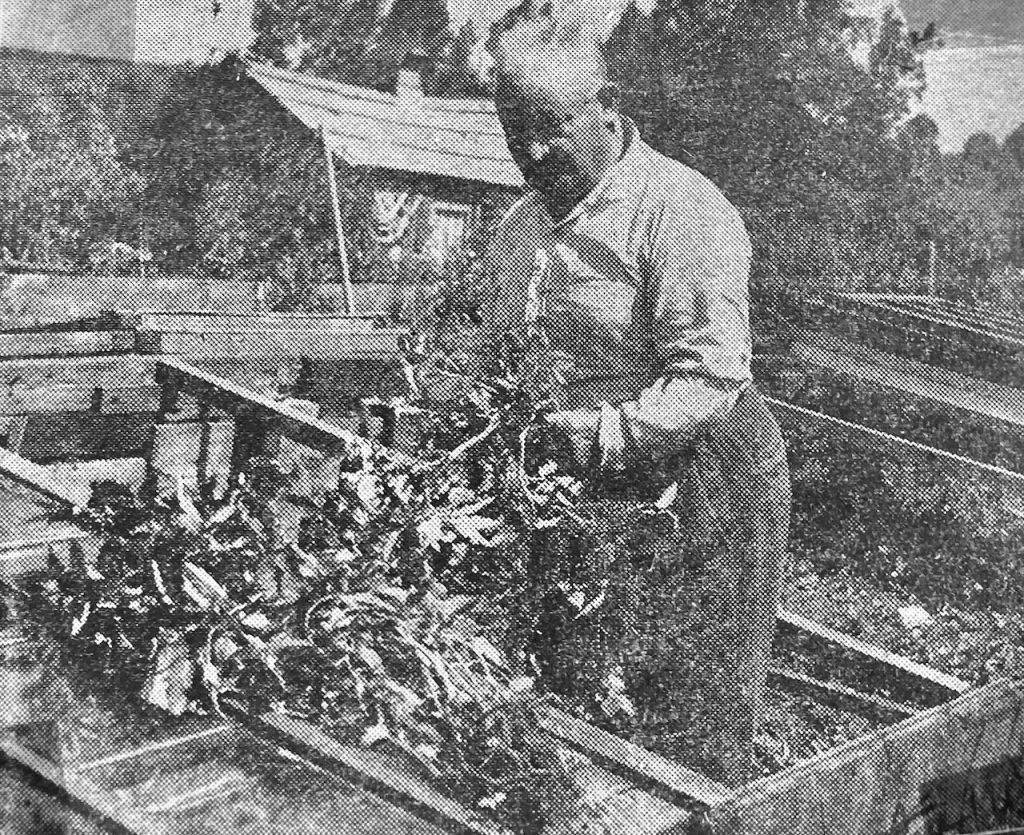
Unfortunately, the future of gardening as a whole appeared to be on the decline with succeeding generations. The Times noted that only a comparative few of the pioneer vegetable gardeners in the city were left, with one sadly observing that the occupation would soon be a lost art amongst Watertown’s Italian Americans.
While the days of the 35-acre market gardens may have been coming to an end, Italian-Americans continued to, and do so to this day, play an important role in the community. From the number of grocery stores, fruit, and vegetable stands, and many favorited restaurants that have existed in the years since, most, if not all, have roots firmly planted in the Sand Flats.

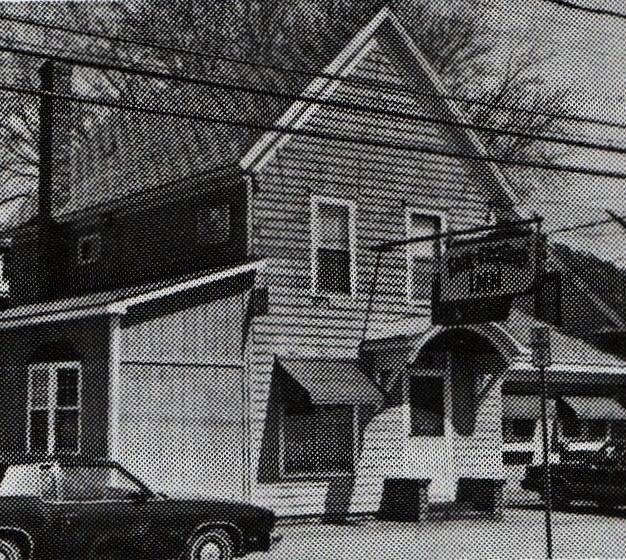
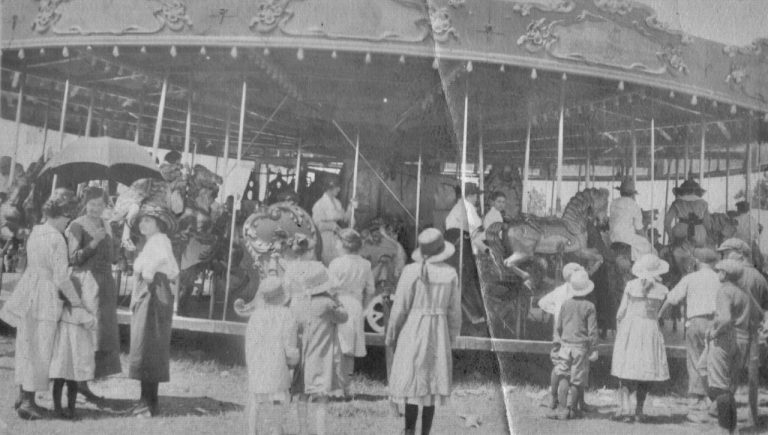
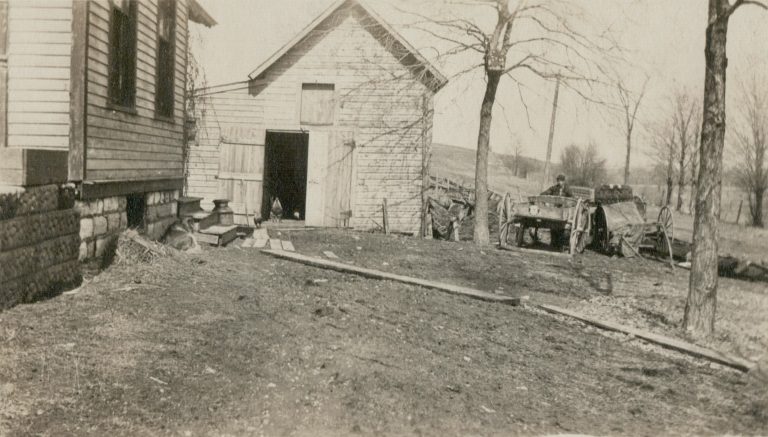
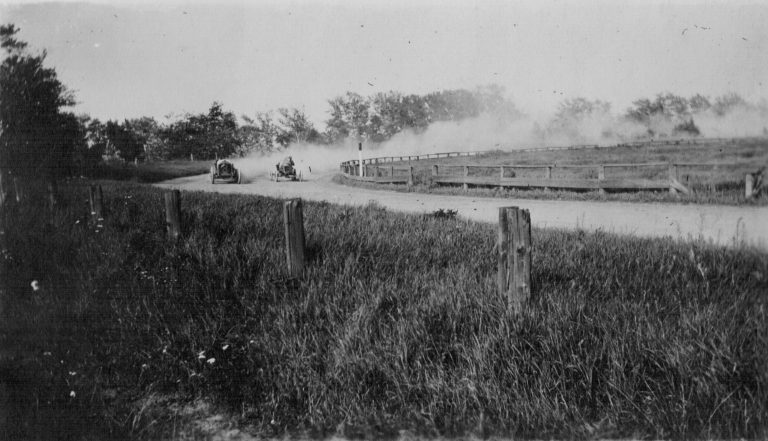
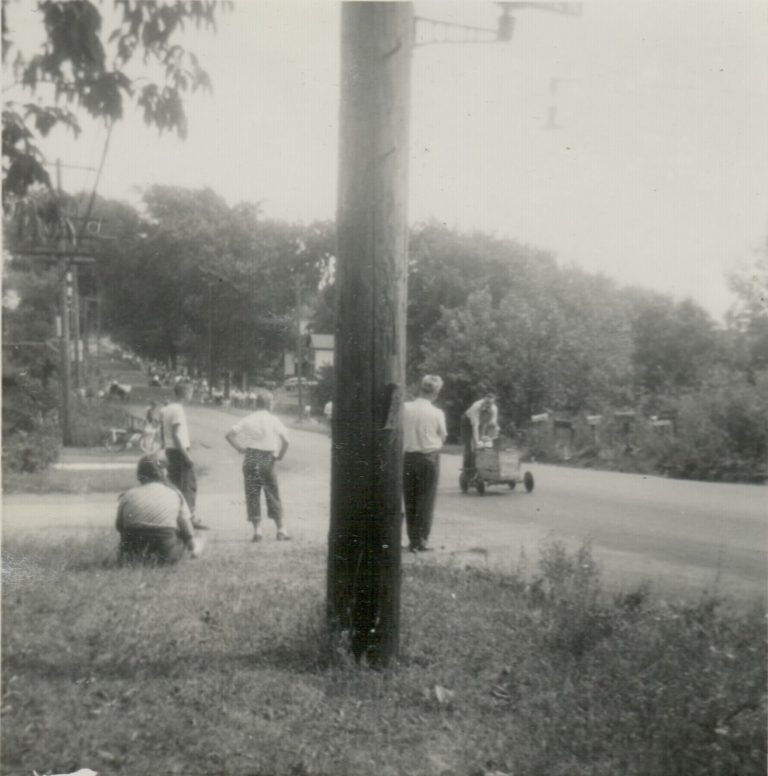


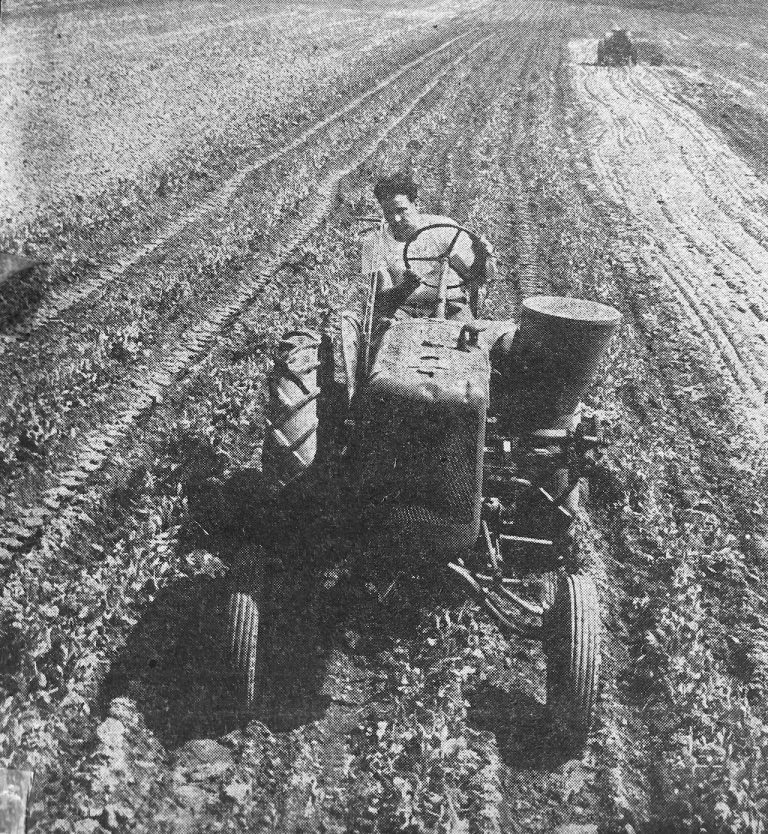
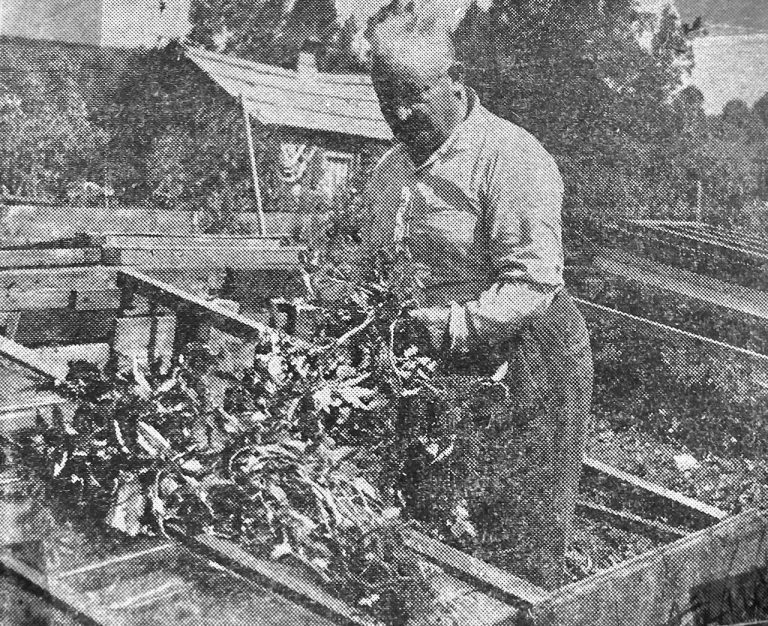
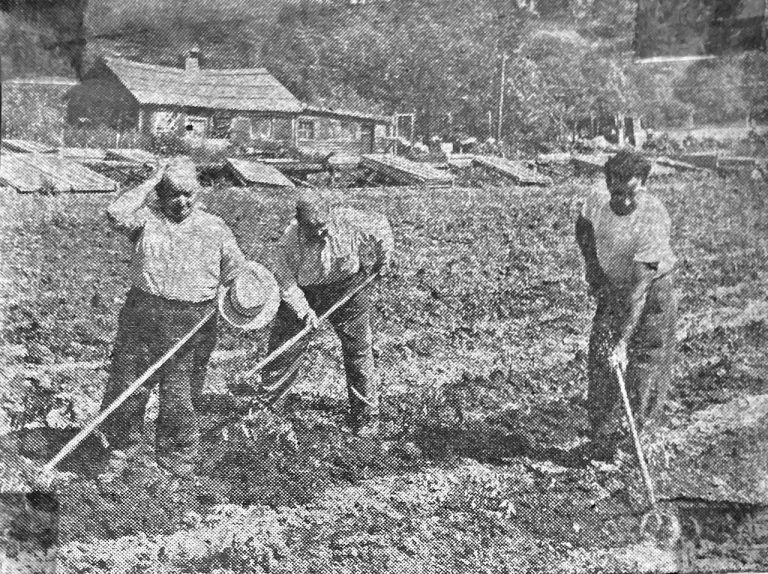



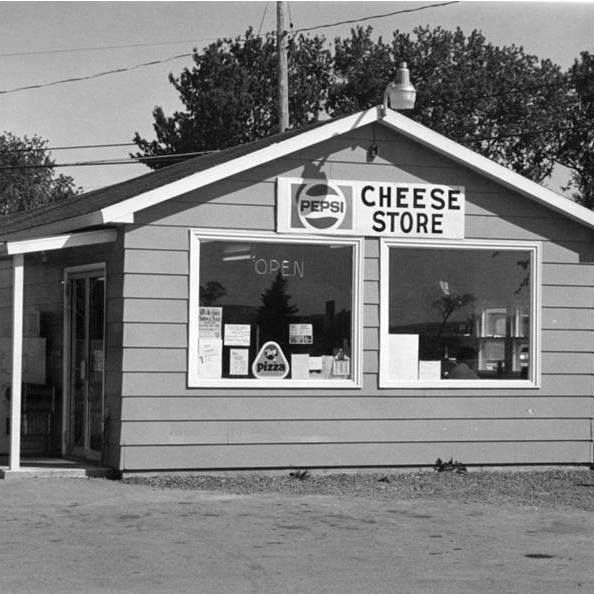

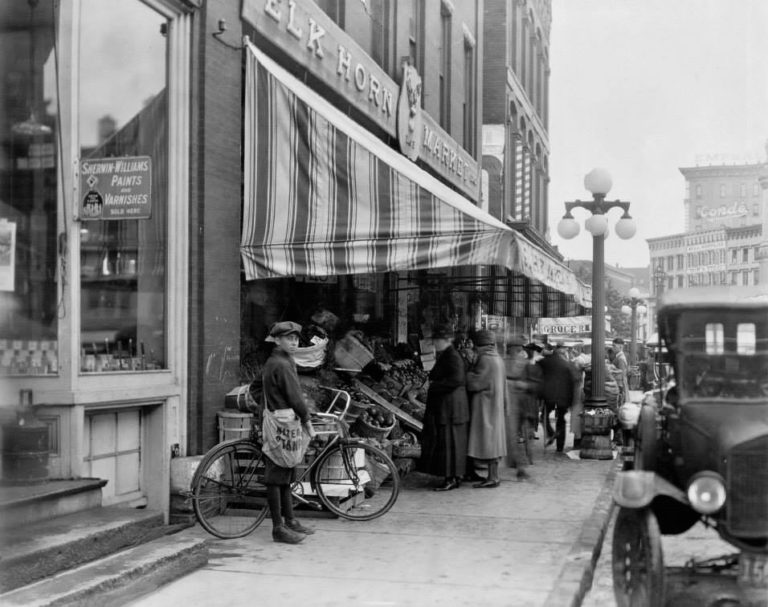
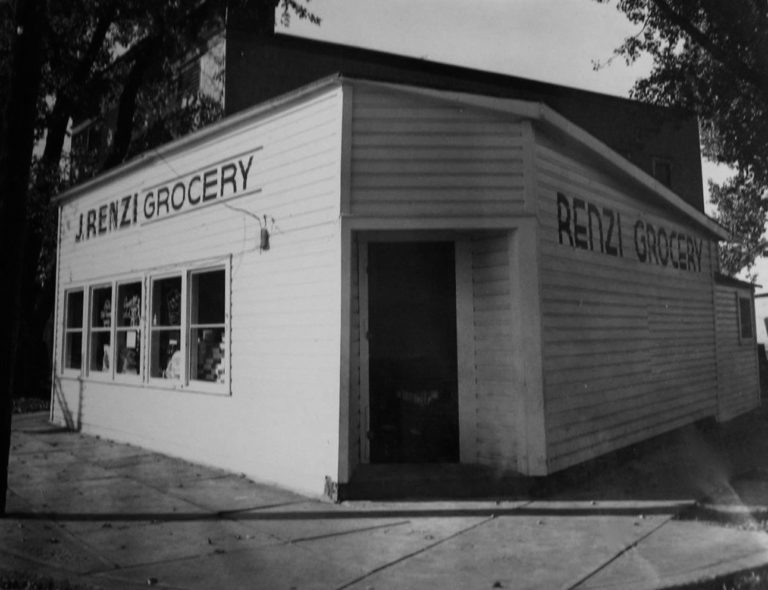

3 Reviews on “A Garden Grows In The Sand Flats”
This is wonderful, thank you! My mom, Phyllis Anzalone Carr, grew up on Coffeen in the Flats. Her Anzalone, Fioretto, Biondolillo, Vittorio, Tubolino families were well known gardeners there. She and her siblings attended Boon Street School and played with their friends and cousins all along Coffeen and the streets behind. My grandparents moved to Theresa and opened Sam’s Grill where Mom met my dad. Theresa is where we four kids were raised.
Lona Carr Breitkopf
Glad you enjoyed it!
The flats are where my family lived for many years. My grandparents were well loved in the community. Mildred Marzano and Pasquale Marzano. R.I.P.
What a great article. It makes me proud of my Italian heritage. BOB MORGIA